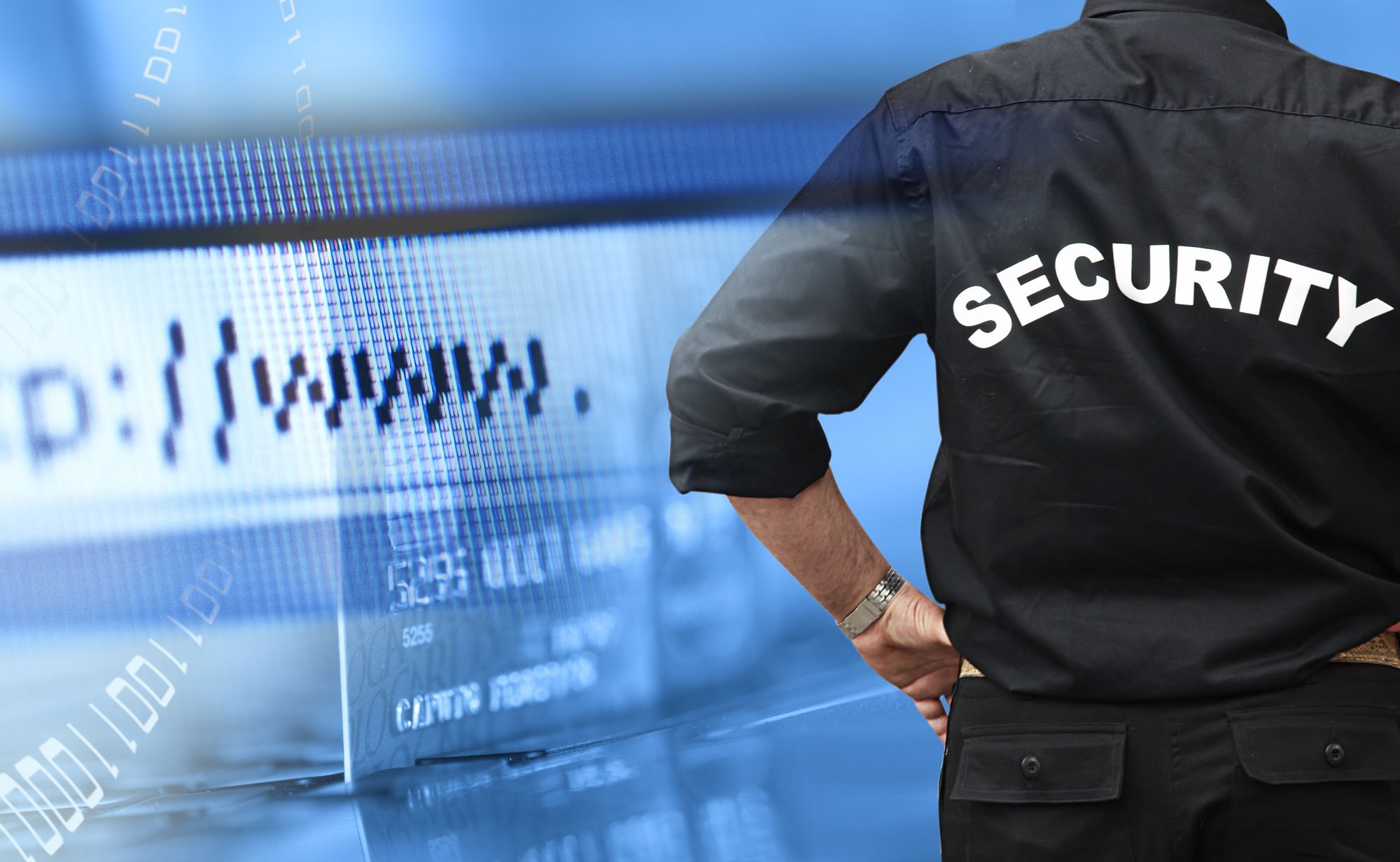
In today’s fast-paced work environment, ensuring employee safety has never been more critical. Organizations are increasingly turning to Emergency communication tools to protect their workforce, streamline emergency responses, and maintain business continuity. From natural disasters to workplace accidents, having reliable communication systems can be the difference between chaos and coordinated action. Smart emergency communication tools provide a lifeline, enabling organizations to react swiftly, keep employees informed, and reduce potential harm.
Understanding Emergency Communication Tools
What Are Emergency Communication Tools?
Emergency communication tools are systems or platforms designed to send alerts, notifications, and updates to employees during crises. They can include mass notification software, mobile apps, two-way communication devices, or integrated alert systems that ensure rapid information dissemination. Unlike traditional communication methods, smart tools can operate in real-time, across multiple channels, and reach every employee instantly, regardless of location.
The Evolution of Safety Technology
Over the past decade, emergency communication tools have evolved from simple alarm systems to sophisticated digital platforms. Modern systems incorporate features like geolocation tracking, automated alerts, two-way messaging, and integration with workplace security infrastructure. This evolution allows organizations to not only alert employees but also gather data, monitor response actions, and enhance overall workplace safety protocols.
Key Features of Smart Emergency Communication Tools
Real-Time Alerts and Notifications
One of the most critical aspects of emergency communication tools is the ability to deliver real-time alerts. Whether it’s a fire alarm, severe weather warning, or security breach, employees receive instant notifications on their mobile devices or desktops. These alerts are often customizable to prioritize severity, location, or department, ensuring the right people receive the right information quickly.
Multi-Channel Communication
Smart tools support multiple communication channels, including SMS, email, push notifications, voice calls, and even social media integrations. This redundancy ensures that messages are delivered even if one channel fails, minimizing the risk of missed alerts during critical situations.
Location Tracking and Geofencing
Advanced emergency communication tools can track employees’ locations within and outside the workplace. Geofencing allows alerts to target individuals in specific areas, enabling faster evacuation or response during emergencies. This feature is particularly useful in large facilities, multi-building campuses, or remote work environments.
Two-Way Communication Capabilities
Two-way communication allows employees to respond to alerts, confirm safety, or report incidents. This interaction not only keeps management informed but also empowers employees to take immediate action, fostering a culture of safety and accountability.
Benefits of Implementing Emergency Communication Tools
Enhanced Employee Safety
The most obvious benefit of these tools is improved employee safety. Quick dissemination of accurate information reduces panic, prevents injuries, and ensures that employees know exactly what actions to take during an emergency.
Faster Response Times
Emergency communication tools streamline response coordination by alerting both internal teams and external emergency services simultaneously. This synchronization accelerates decision-making and ensures a timely resolution to crises.
Compliance with Safety Regulations
Many industries are required to meet specific safety and communication standards. Implementing smart emergency communication tools helps organizations comply with regulations such as OSHA, NFPA, and other workplace safety guidelines, avoiding potential fines and legal complications.
Business Continuity and Reputation Management
Organizations that respond effectively to emergencies protect not only their employees but also their operations and reputation. Real-time communication minimizes downtime, maintains client confidence, and demonstrates a commitment to workplace safety.
Selecting the Right Emergency Communication Tools for Your Workplace
Assess Your Organization’s Needs
Start by evaluating the size of your workforce, workplace layout, and potential risks. Consider whether your employees are on-site, remote, or in high-risk locations, as this will influence the type of emergency communication tools required.
Evaluate Technology Features
Look for tools that offer multi-channel alerts, real-time tracking, two-way communication, and integration with existing safety systems. Scalability is also important to ensure that the system can grow with your organization.
Test and Train Regularly
Deploying emergency communication tools is only effective if employees know how to use them. Conduct regular drills, provide training, and review system performance to ensure readiness during actual emergencies.
Consider Vendor Support and Reliability
Choose a reputable provider with strong customer support, robust uptime guarantees, and experience serving organizations similar to yours. Reliable vendors offer continuous updates, security patches, and expert guidance to maintain system effectiveness.
Case Studies: Real-World Applications
Healthcare Industry
Hospitals and clinics use emergency communication tools to alert staff about critical situations such as patient emergencies, security threats, or natural disasters. The ability to send instant alerts ensures that healthcare teams respond promptly, potentially saving lives.
Corporate Offices
Large corporations implement smart tools to coordinate emergency evacuations, monitor employee safety, and maintain communication with security teams. Integration with building management systems enhances overall situational awareness and efficiency.
Manufacturing Facilities
In industrial settings, rapid communication is vital to prevent accidents involving heavy machinery or hazardous materials. Emergency communication tools facilitate immediate alerts, safety instructions, and incident reporting to protect employees and reduce downtime.
Best Practices for Maximizing the Impact of Emergency Communication Tools
Establish Clear Protocols
Define clear procedures for different types of emergencies. Employees should know what alerts mean, who to contact, and what steps to take. Protocols reduce confusion and ensure a coordinated response.
Keep Systems Updated
Regularly update software, maintain device compatibility, and review system settings. Outdated tools can fail during emergencies, compromising employee safety.
Integrate with Other Safety Measures
Combine emergency communication tools with surveillance systems, access control, and automated alarms. A comprehensive approach creates a safer workplace environment.
Gather Feedback and Improve
After drills or actual incidents, gather feedback from employees to identify gaps, improve communication processes, and enhance system effectiveness. Continuous improvement is key to maximizing safety outcomes.
Future Trends in Emergency Communication Tools
AI-Driven Alerts
Artificial intelligence can analyze real-time data to predict potential threats, customize alerts, and optimize response strategies. AI-powered systems will become increasingly integral in proactive workplace safety.
IoT Integration
Smart devices and sensors connected through the Internet of Things (IoT) can trigger automated alerts, monitor environmental conditions, and enhance situational awareness, further improving emergency responses.
Mobile-First Platforms
As mobile devices become ubiquitous, emergency communication tools will continue evolving to prioritize mobile accessibility, ensuring employees are reached instantly no matter where they are.
Conclusion: Protecting Employees with Smart Tools
Investing in smart emergency communication tools is no longer optional—it is essential for modern organizations committed to employee safety. These tools provide real-time alerts, multi-channel communication, location tracking, and two-way interactions, ensuring employees are informed and protected during crises. By carefully selecting the right systems, training employees, and integrating with broader safety protocols, organizations can enhance safety, reduce response times, and maintain operational continuity. Prioritizing emergency communication tools not only safeguards your workforce but also reinforces your commitment to a secure, responsible, and resilient workplace.





